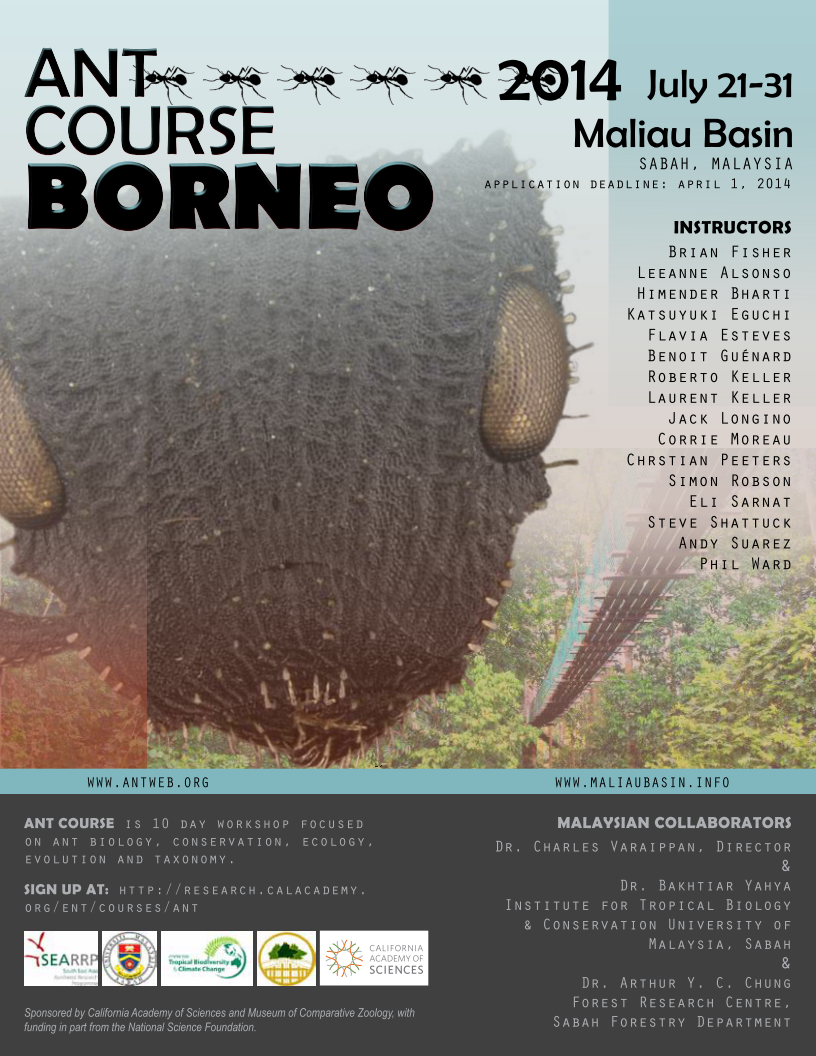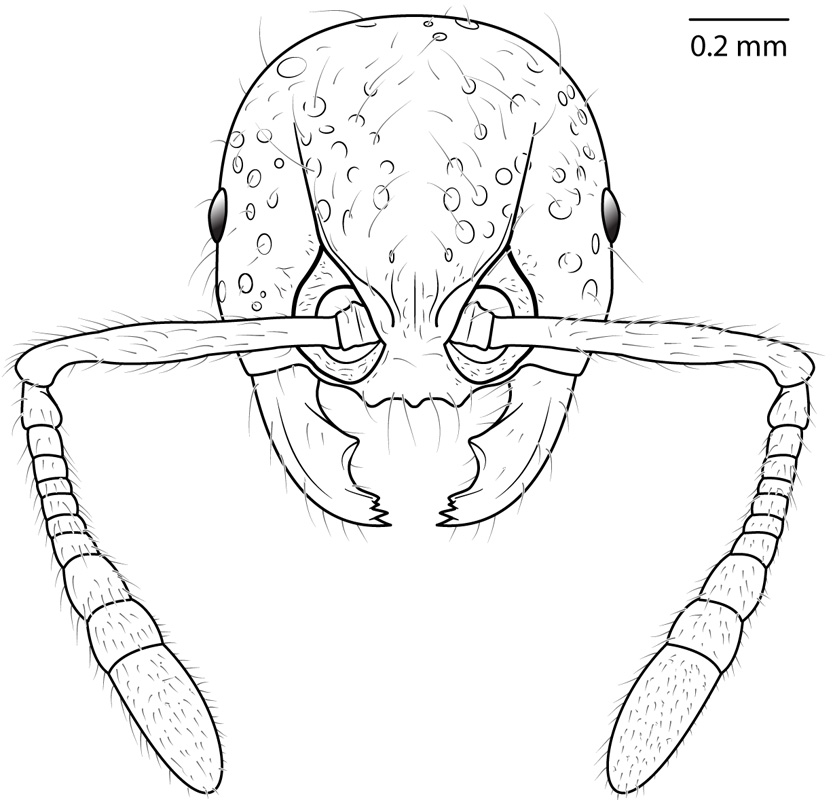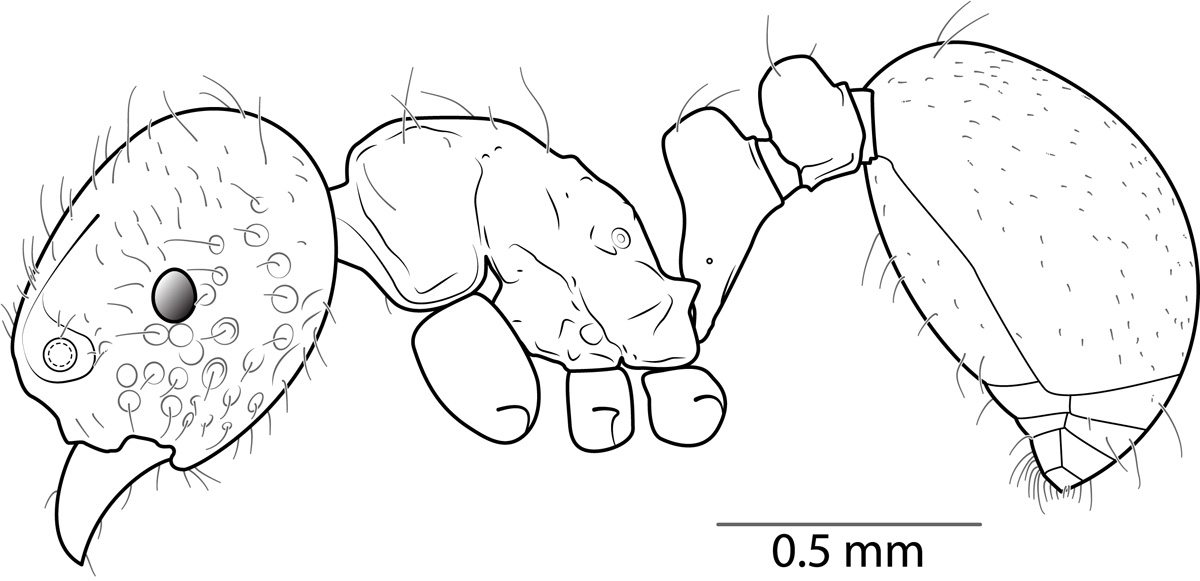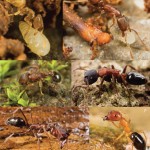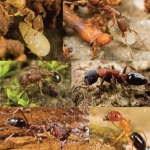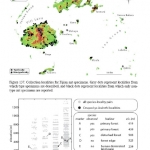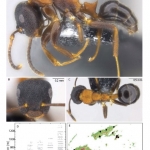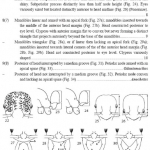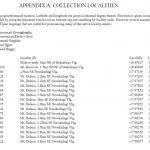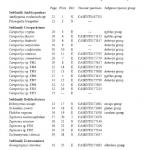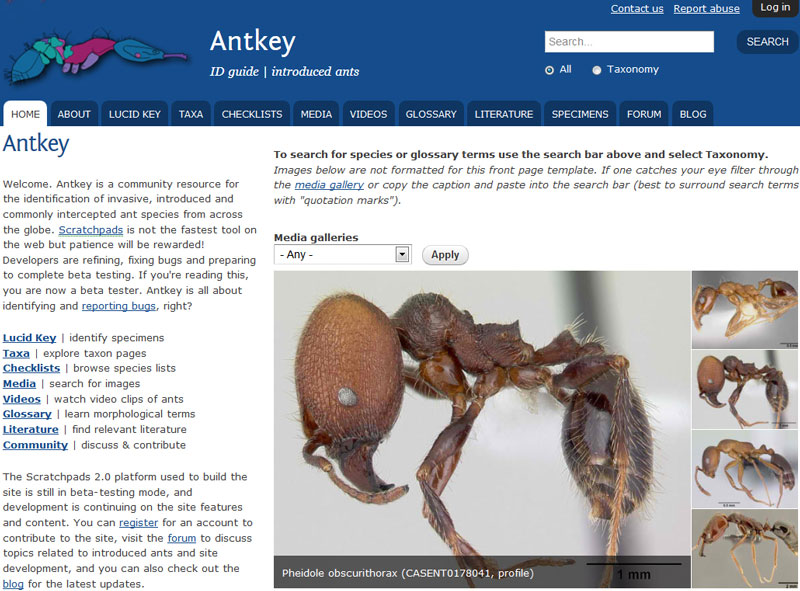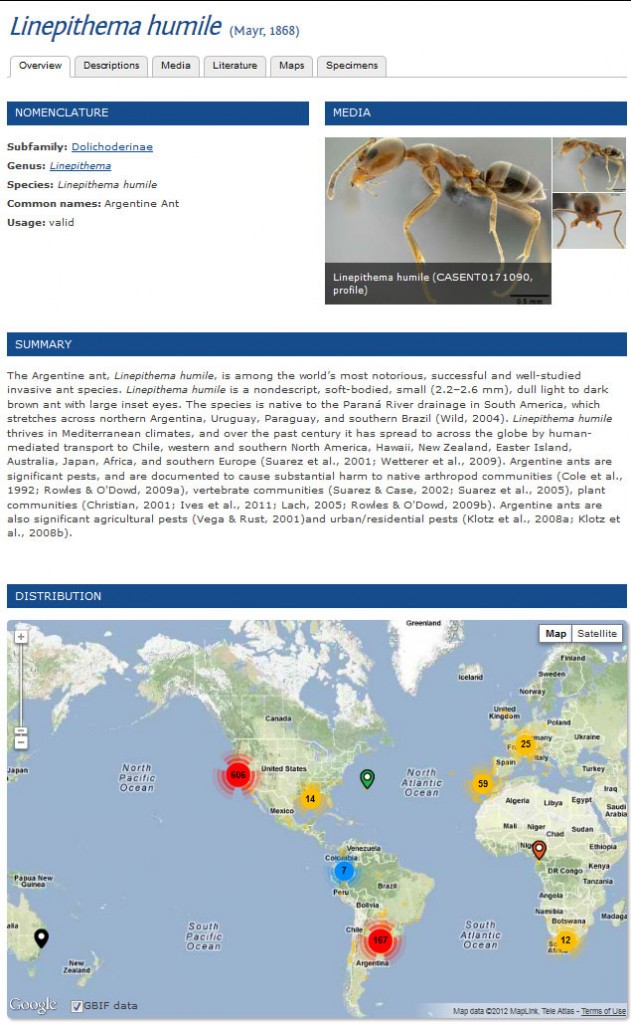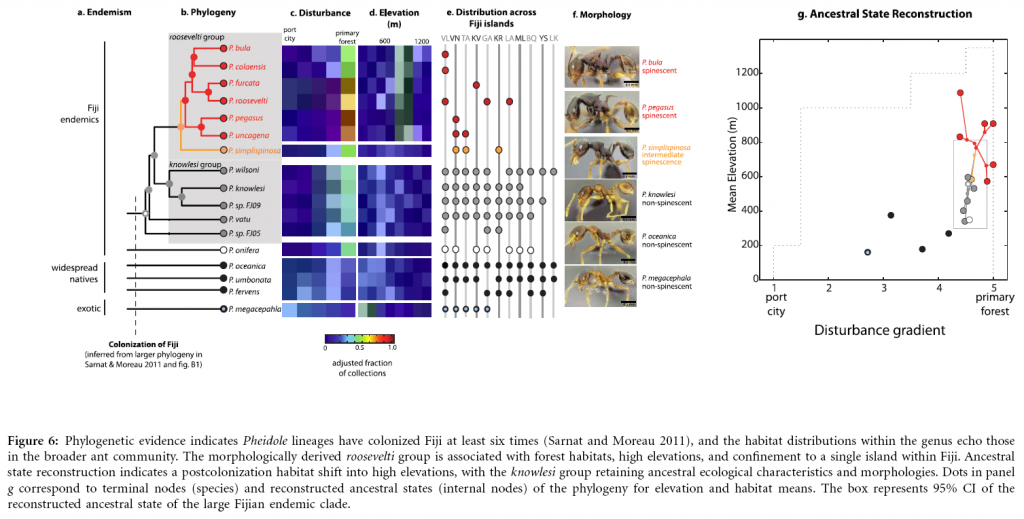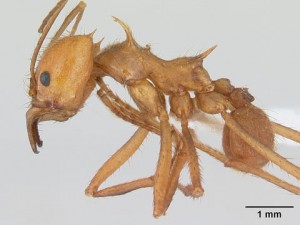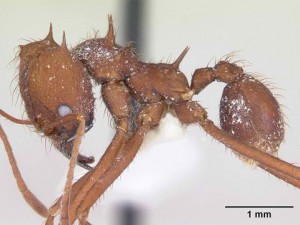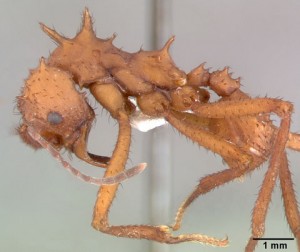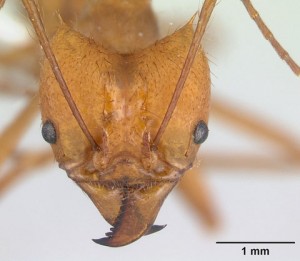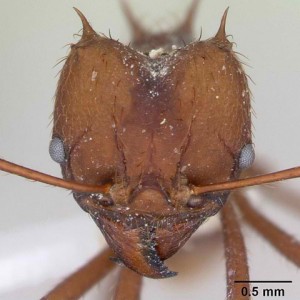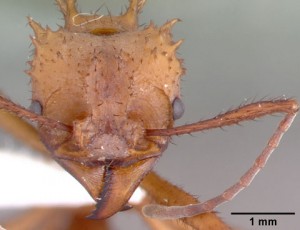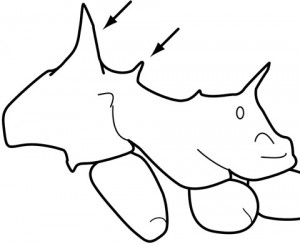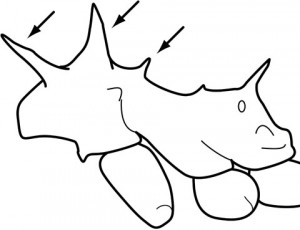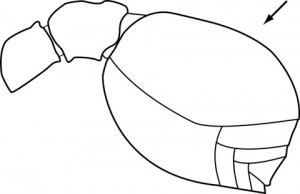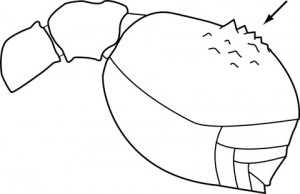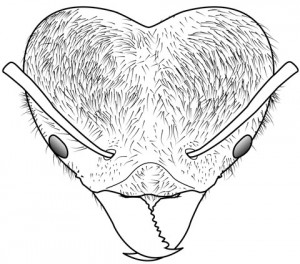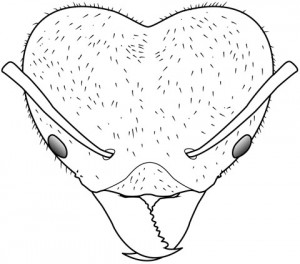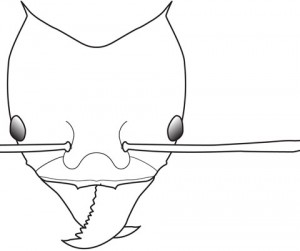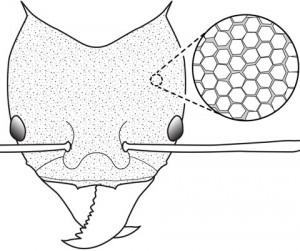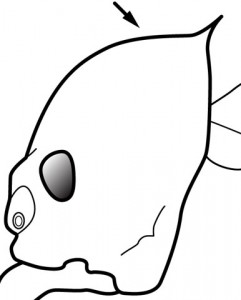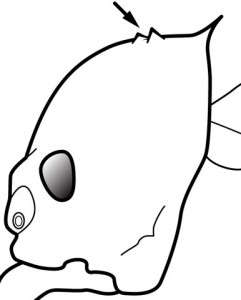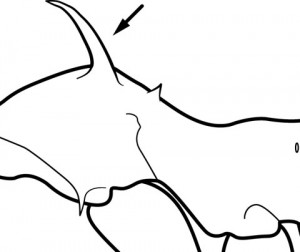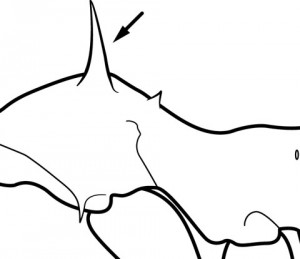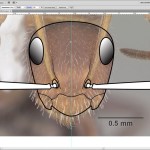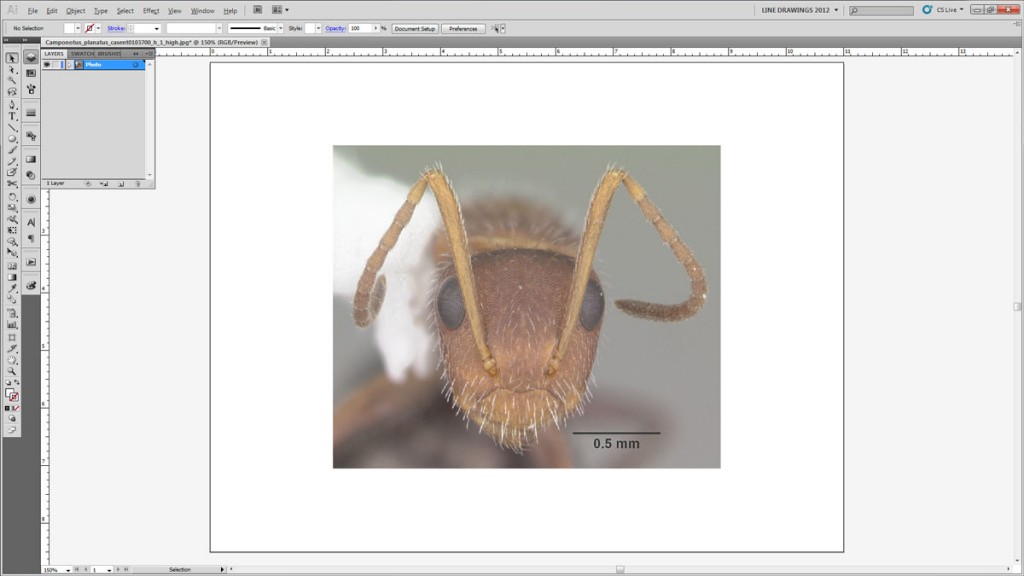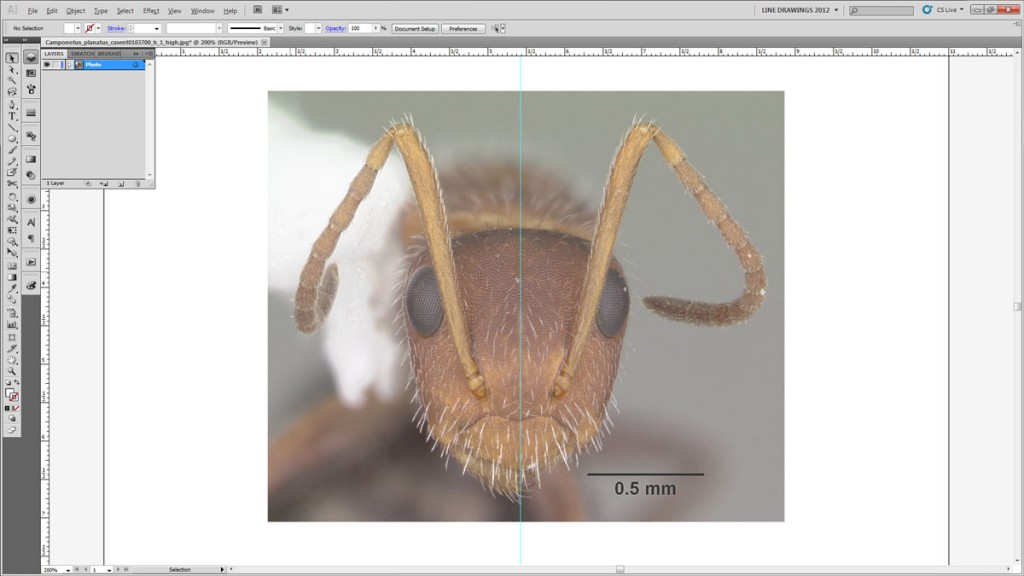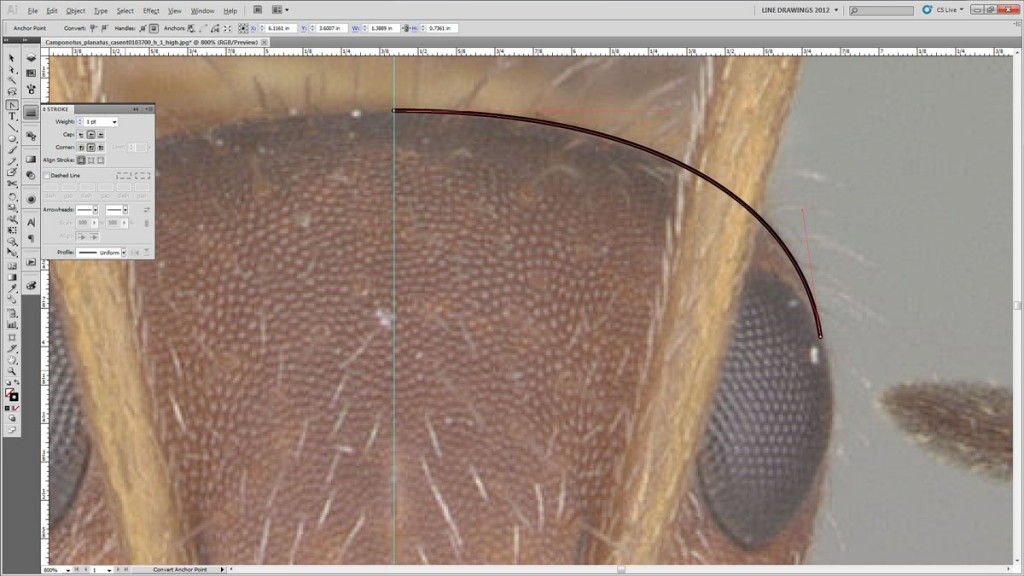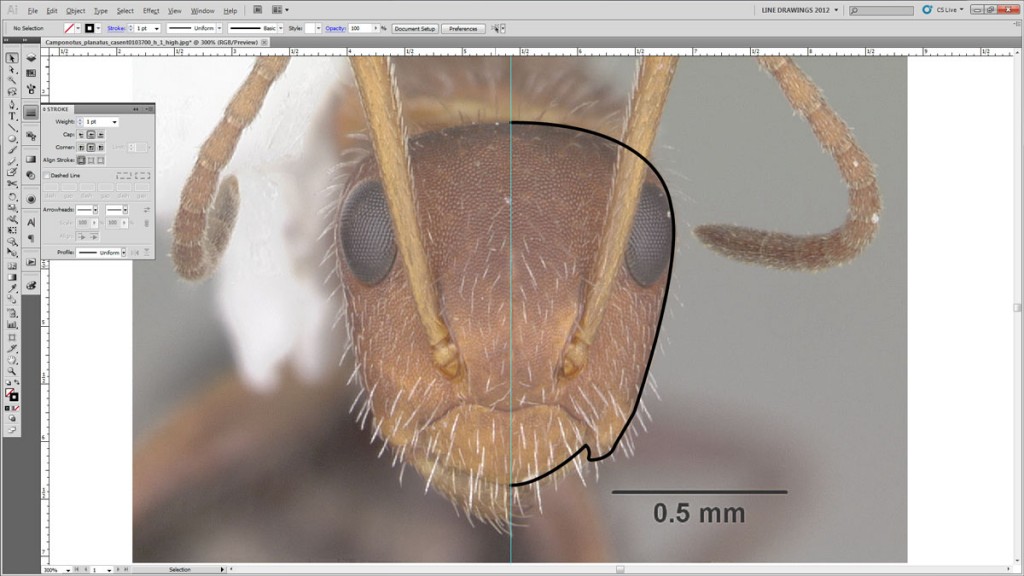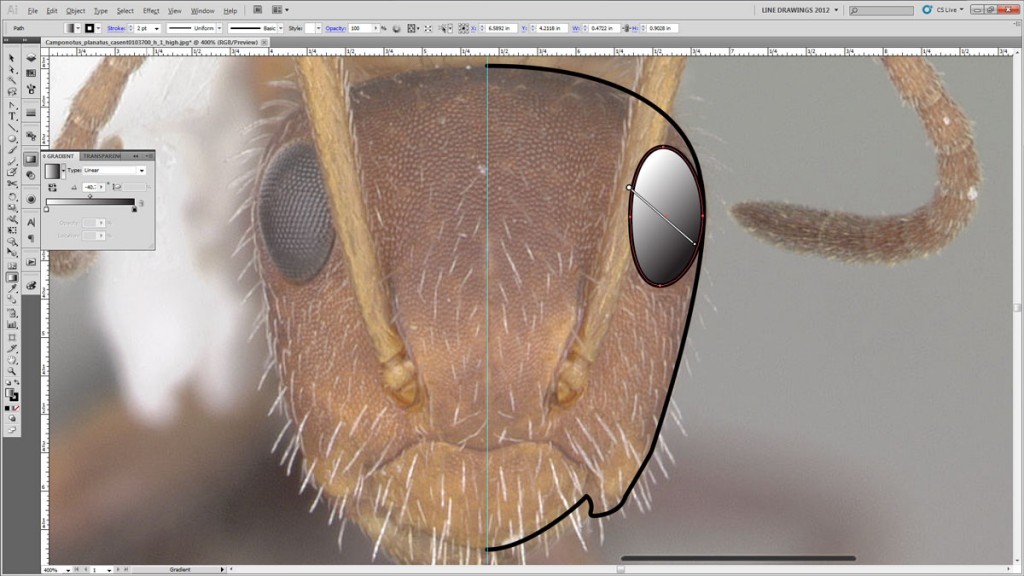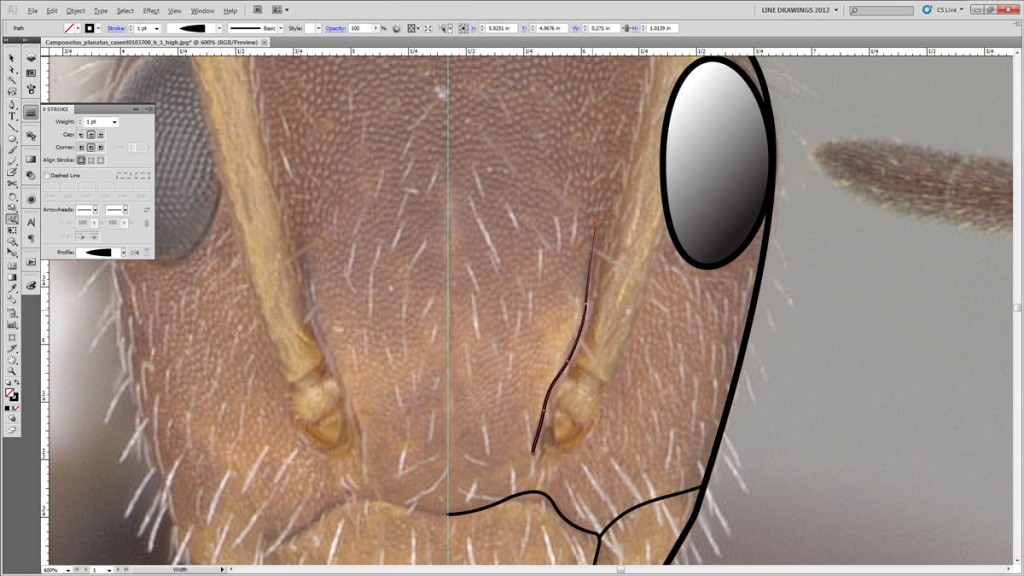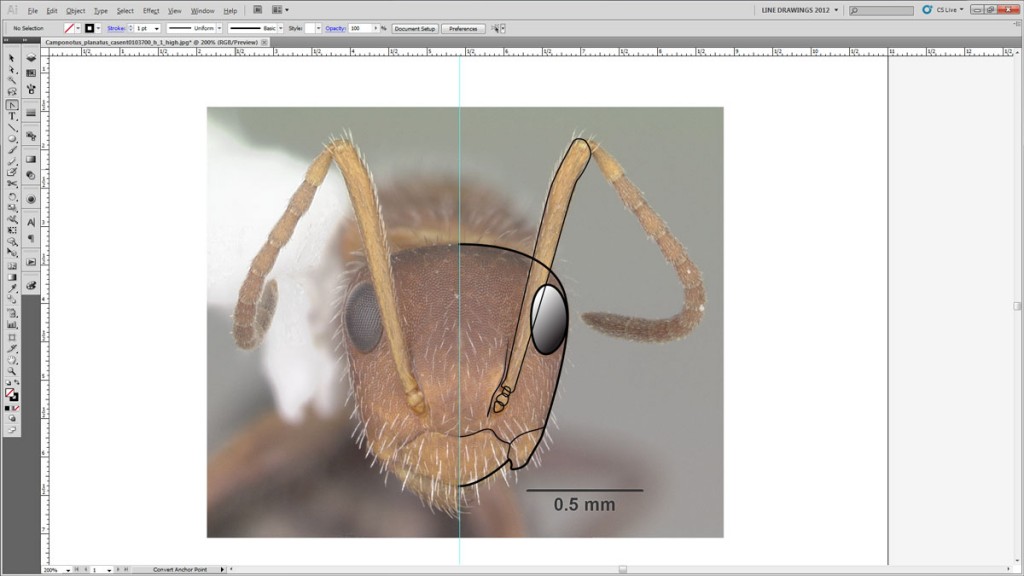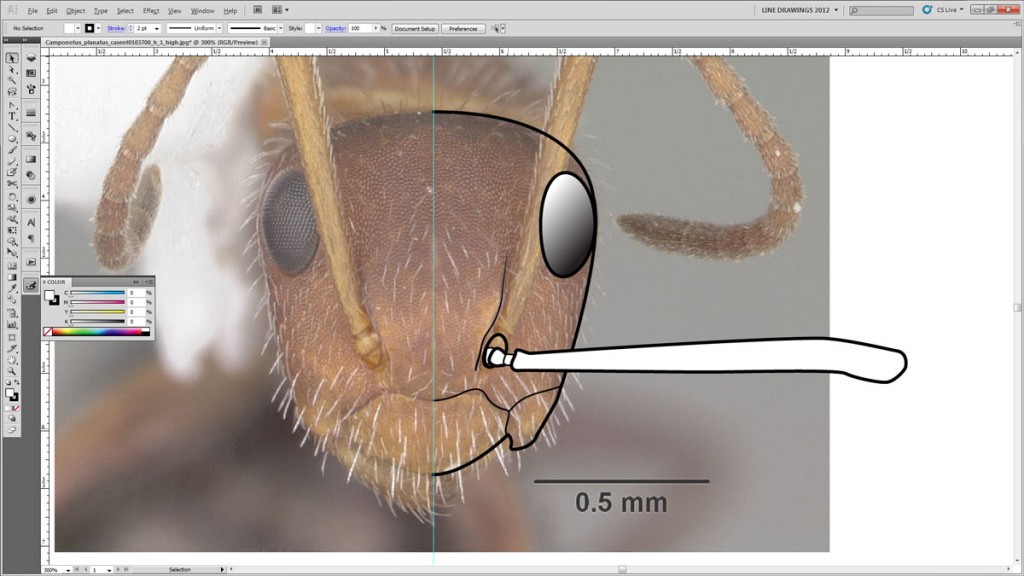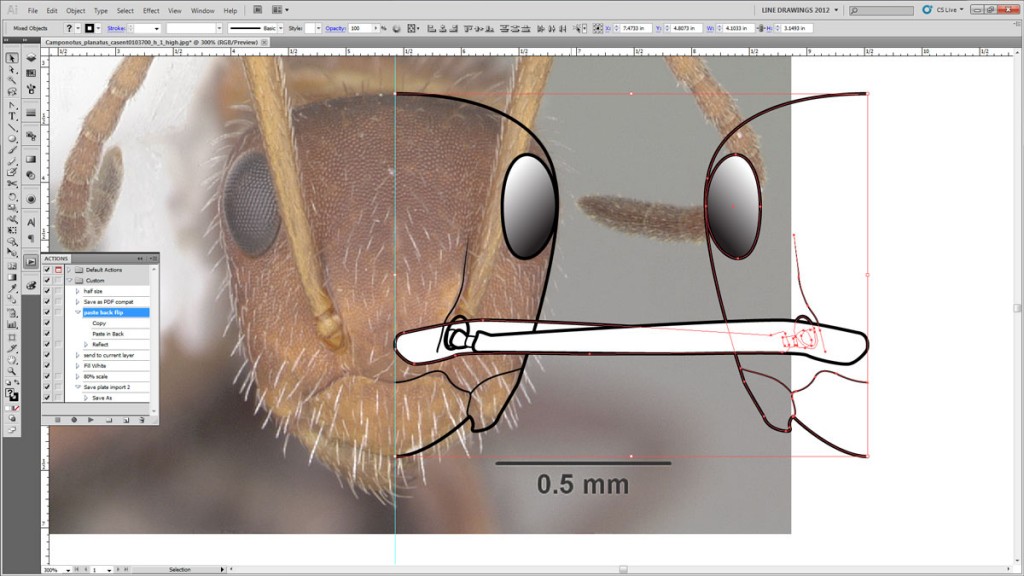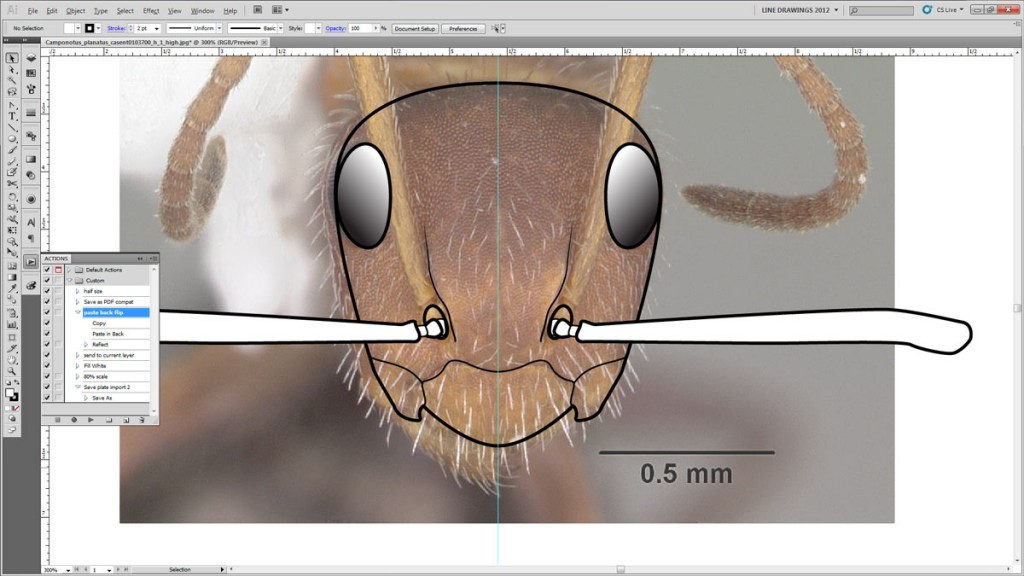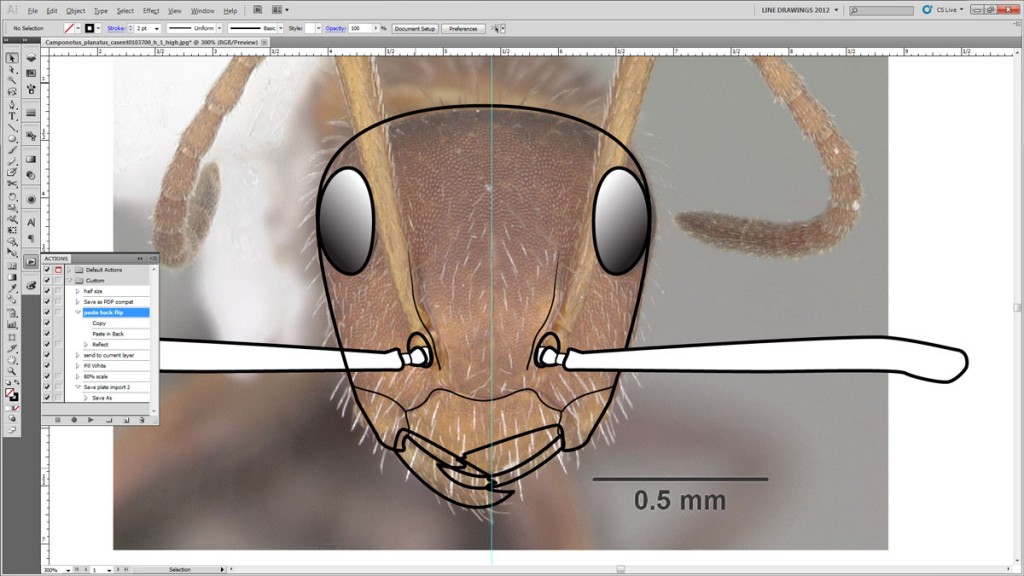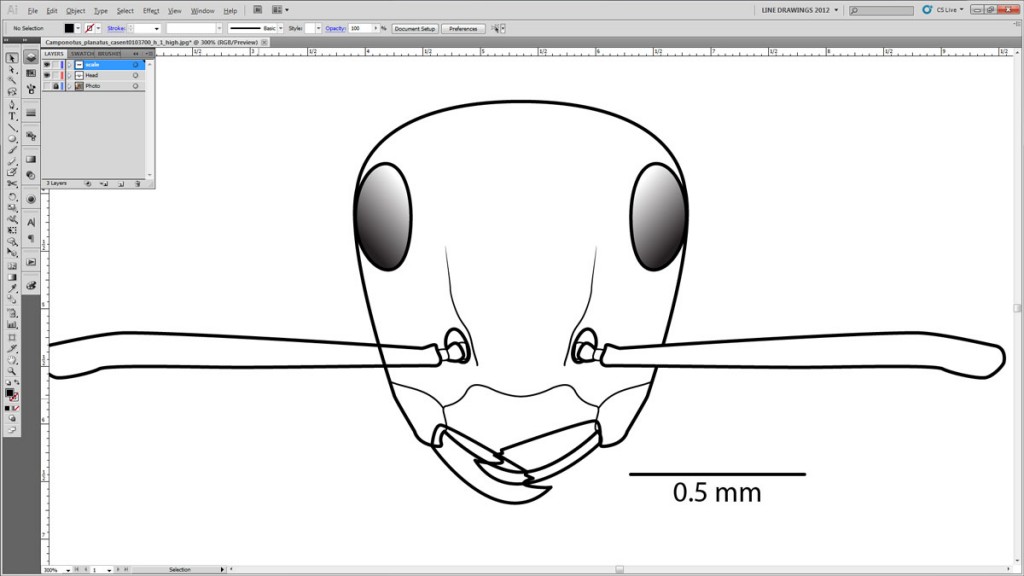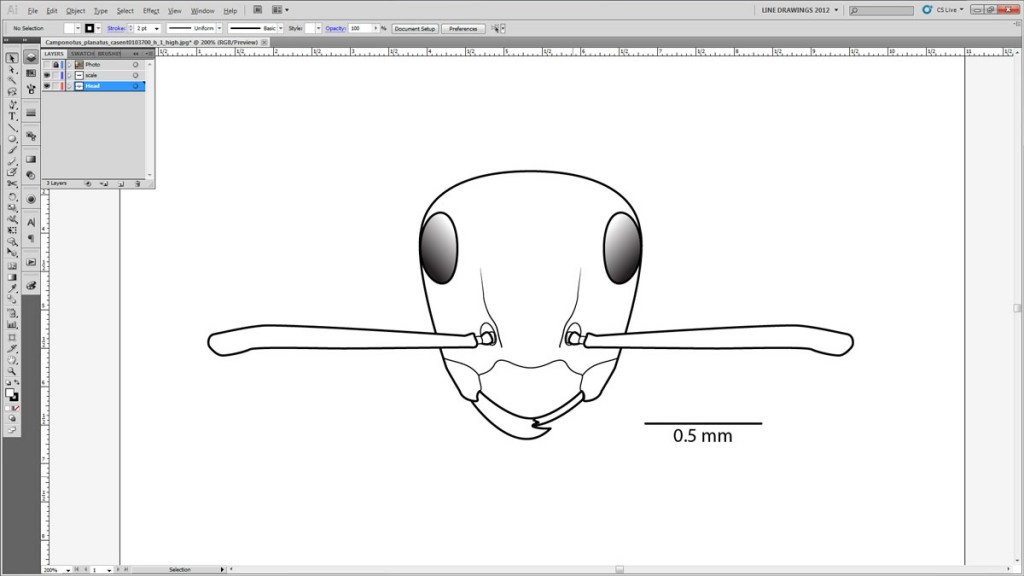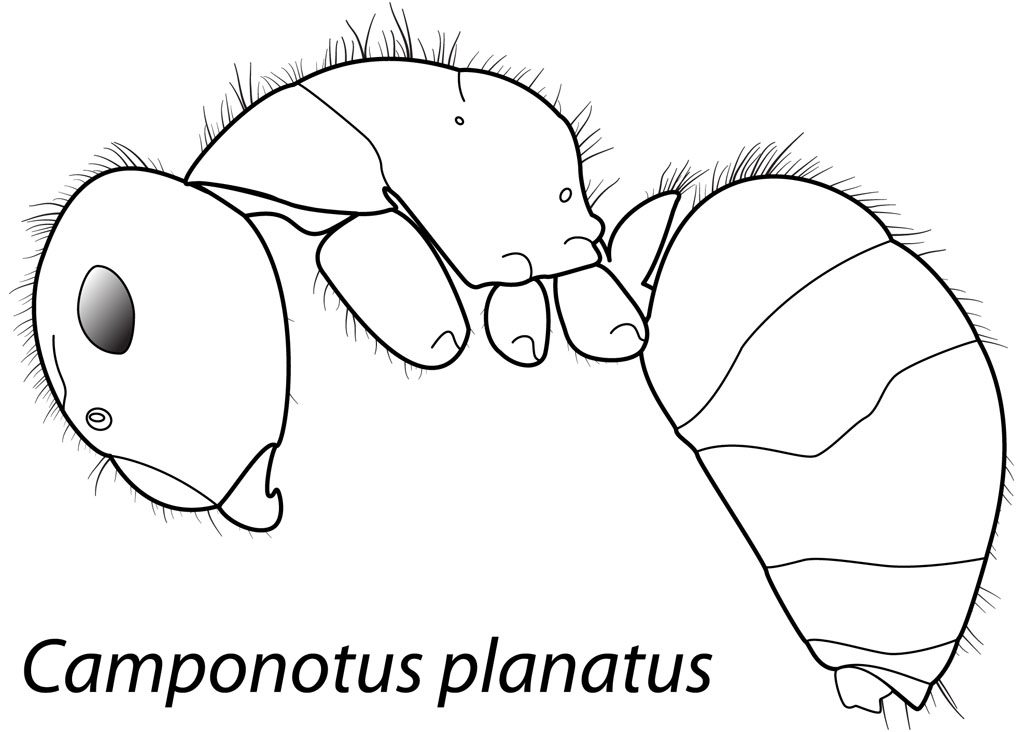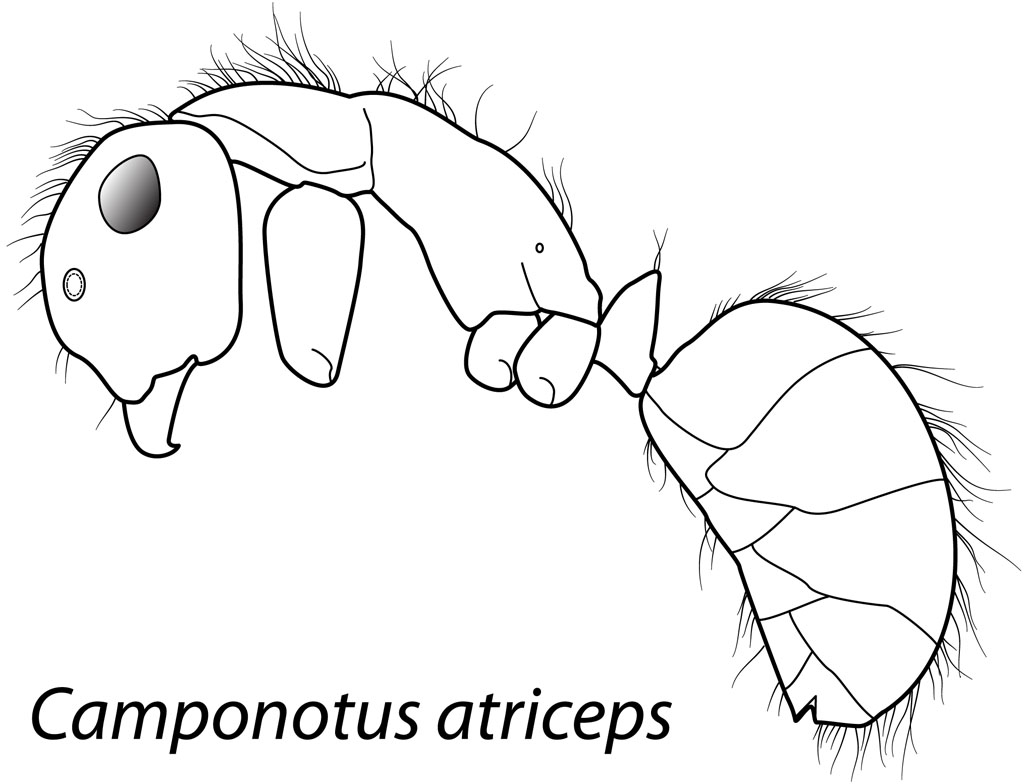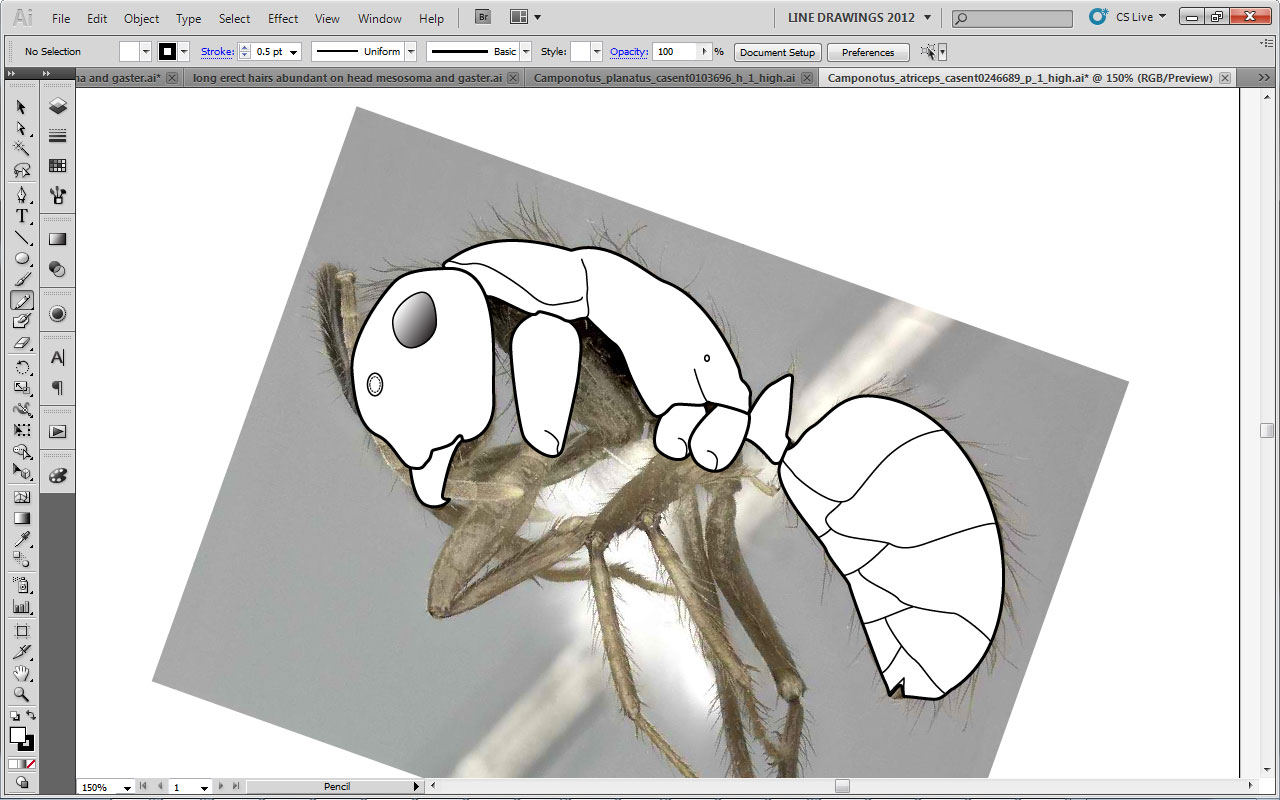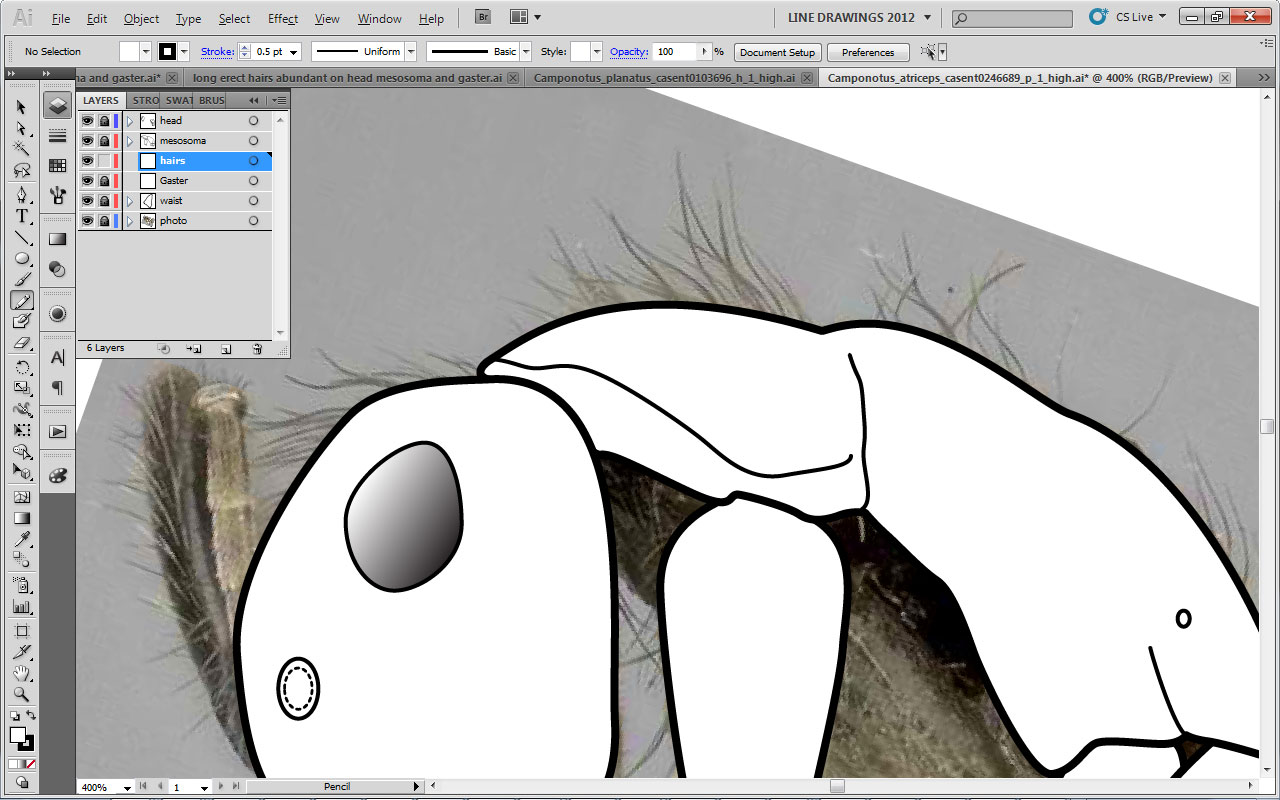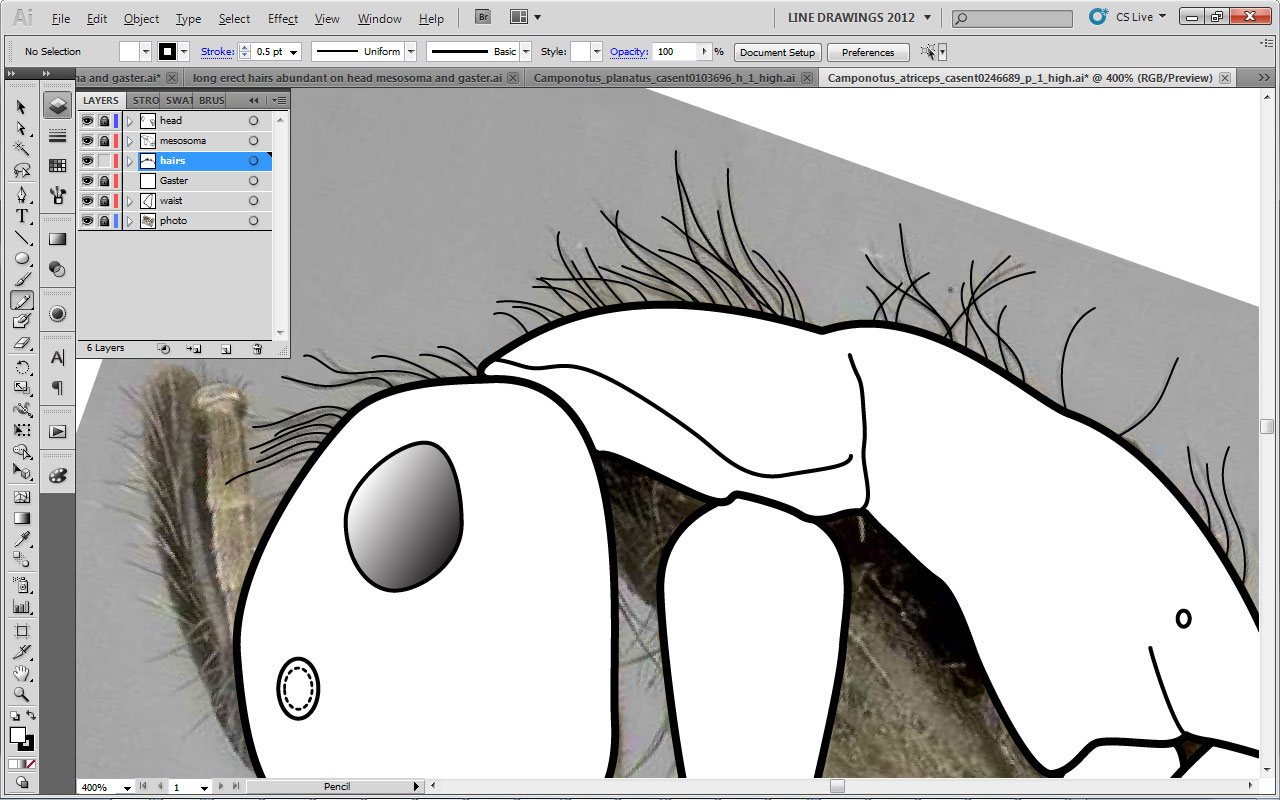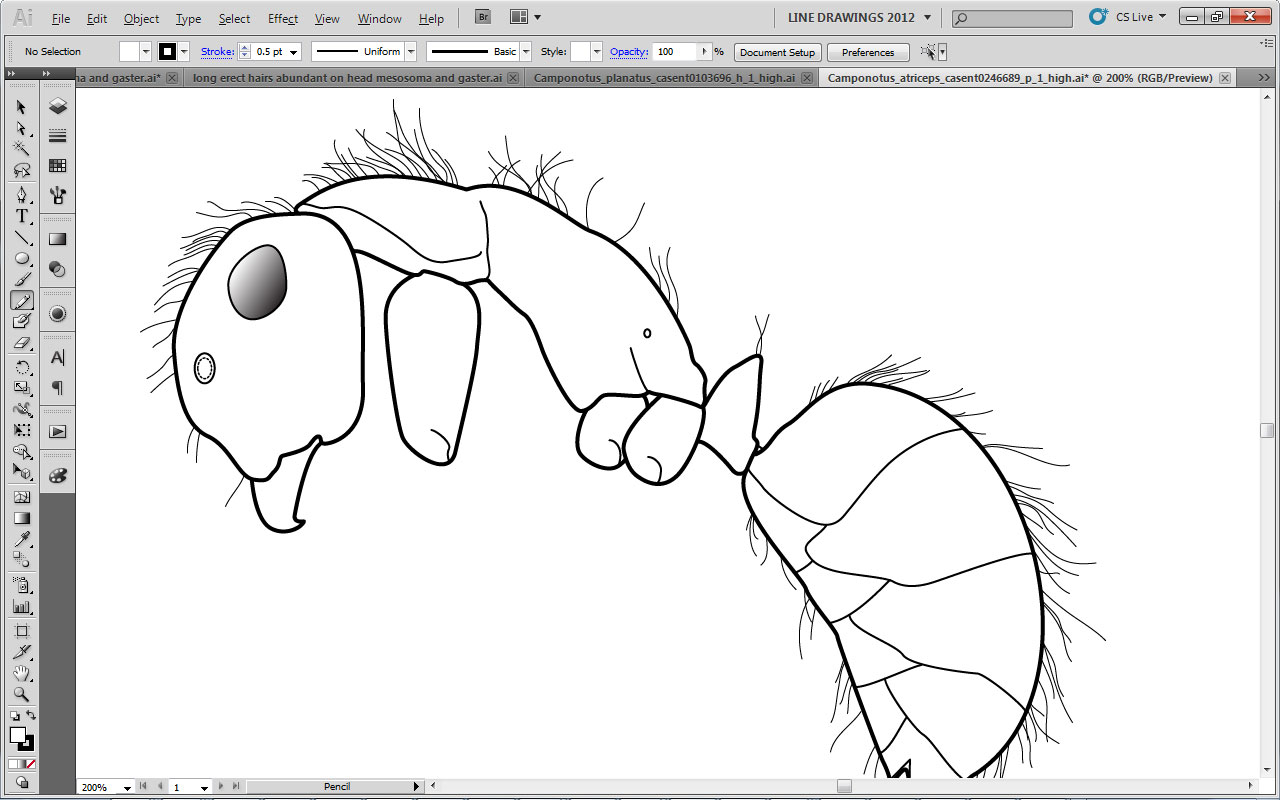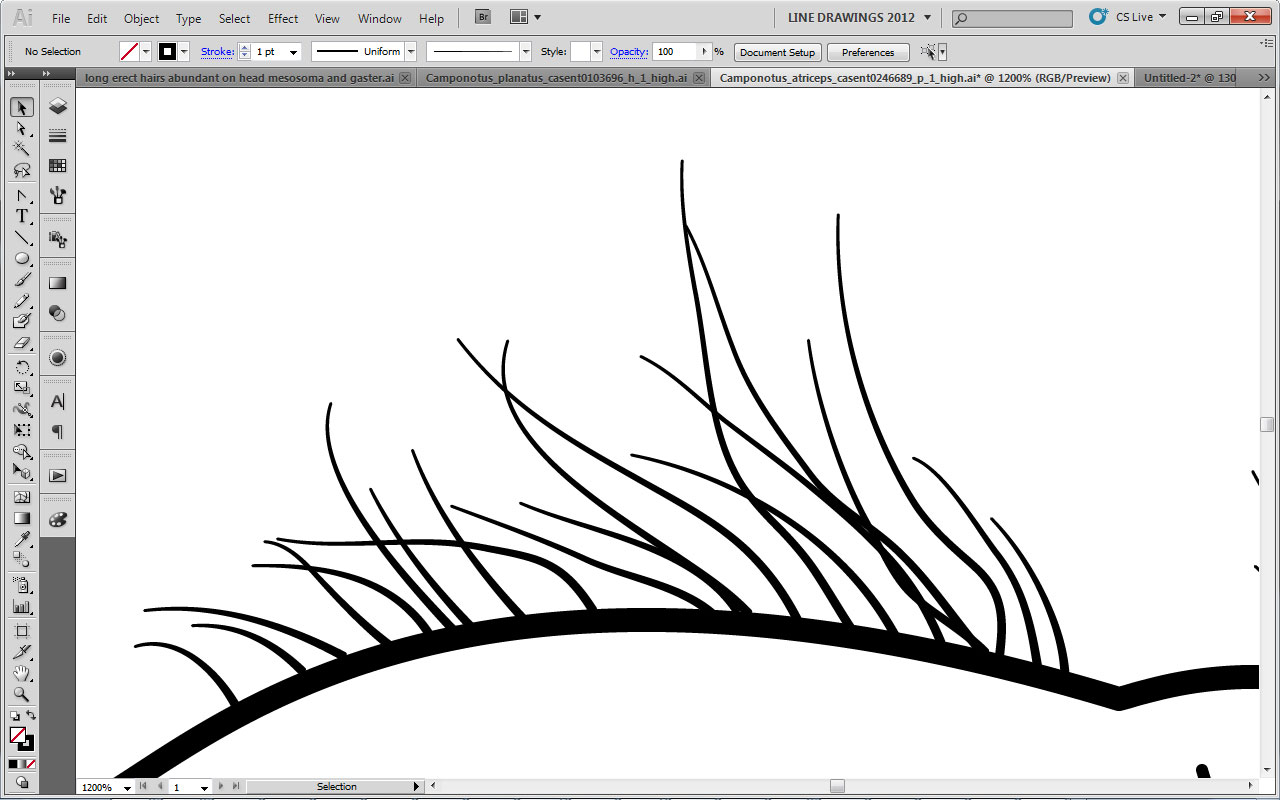ANT COURSE 2014
http://research.calacademy.org/ent/courses/ant
2014 July 21-31 Borneo: Maliau Basin
Organized by the California Academy of Sciences
APPLICATION DEADLINE: APRIL 1, 2014
Application link
Pay Course fees before July 1 (Pay online)
IMPORTANT DATES
July 20 participants arrive in Kota Kinabalu
July 21 Depart Kota Kinabalu : 6-8 hour bus ride to Maliau Basin
July 31 Depart Maliau Basin to Kota Kinabalu
COURSE OBJECTIVES. – ANT COURSE is designed for systematists, ecologists, behaviorists, conservation biologists, and other biologists whose research requires a greater understanding of ant taxonomy and field techniques. In 2014, emphasis is on the identification of the ant genera and species occurring in the Asian tropics. Lectures will include background information on the ecology, life histories and evolution of ants. Field trips emphasize collecting and sampling techniques, and associated lab work focuses specimen preparation, sorting and labeling. Information on equipment, literature, and myrmecological contacts are also presented.
COURSE SIGNIFICANCE. – Ant Course is a unique opportunity to acquire training that is unavailable elsewhere. This course will provide students with 1) the confidence and skills to identify Southeast Asian tropical ant genera; 2) an understanding of modern specimen processing and curation techniques; 3) an appreciation for the biological diversity of ants; and 4) experience keying to the species level.
SPONSORED BY. – California Academy of Sciences and The Arthur Lawrence Green Memorial Fund, Museum of Comparative Zoology, Harvard University
LOCATION. – ANT COURSE will be based at the Maliau Basin Studies Centre in in Sabah, Malaysia. The Centre is part of the Maliau Basin Conservation Area that includes 12 forest types, comprising mainly lower montane forest dominated by Agathis trees, montane heath forest and lowland, and hill diperocarp forest.
PARTICIPANT ACCEPTANCE CRITERIA. – ANT COURSE is open to all interested individuals, including students, professors and motivated amateurs (citizen scientists). Priority will be given to those students for whom the course will have a significant impact on their research with ants. We aim to include students with a diverse interest in biology, including ant systematics, ecology, behavioral biology, genetics, and conservation. An entomological background is not required. The high instructor to student ratio will allow students to receive individual attention. ANT COURSE is presented in English and limited to 30 participants
COSTS. – Course fees for the 10-day COURSE are $975 for current students (undergraduate and graduate) and $1275 for non-students (postdocs and professionals). Transportation costs between home and Koto Kinabalu, and hotel fees in Kota Kinabalu are to be borne by all participants. Pay course fees by July 1 at: https://www.calacademy.org/tickets/ant_course/.
FELLOWSHIPS. – Those interested in attending the course should seek all possible avenues to secure funding on their own for the course. Each year we strive to raise funds to support a few students by offering discounted tuition fees. You should only apply for the Ant Course fellowship if you cannot find other support and it is essential for your participation in the course. Please notify the course if your funding request status changes before the application due date.
COURSE APPLICATION. – Application and course information at http://www.antweb.org. The first step is to fill out a form at: https://docs.google.com/forms/d/1Z5Fu8DHxqW5EGFkiLbxi4mHWpnc2Tn0vzmN5ctvXj1g/viewform
Note this form requires a short statement of your research interests and future plans and a statement of your reasons for wishing to participate in the course. Also requires is one letter of reference from a professor or colleague familiar with your work to be submitted by the referee at: https://docs.google.com/forms/d/152l4Y8qbyhB-7c4Tq9bw8gr5om3iGGIs335XMKXuI90/viewform
You will be notified of your acceptance to the Course around APRIL 15-20.
ANT COURSE is limited to 30 participants. Selection of participants will be carried out by committee, based on your reasons for wishing to take the course at this time. Priority will be given to those students for whom the course will have a significant impact on their research with ants. Because the Course is offered yearly, and because many well-qualified candidates are not accepted because of limited capacity, we urge applicants not selected for this session to apply again the following year.
2014 INSTRUCTORS
Brian Fisher (Coordinator), Leeanne Alsonso, Himender Bharti, Katsuyuki Eguchi , Flavia Esteves, Brian Fisher, Benoit Guénard , Roberto Keller, Laurent Keller, Jack Longino, Corrie Moreau, Chrstian Peeters, Simon Robson, Eli Sarnat, Steve Shattuck, Andy Suarez, Phil Ward
Malaysian Collaborators
Dr. Charles Varaippan, Director & Dr. Bakhtiar Yahya, Institute for Tropical Biology & Conservation, University of Malaysia, Sabah; Dr. Arthur Y. C. Chung, Forest Research Centre, Sabah Forestry Department

